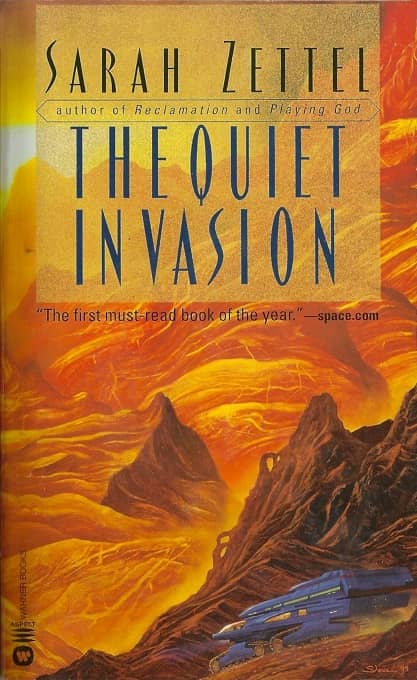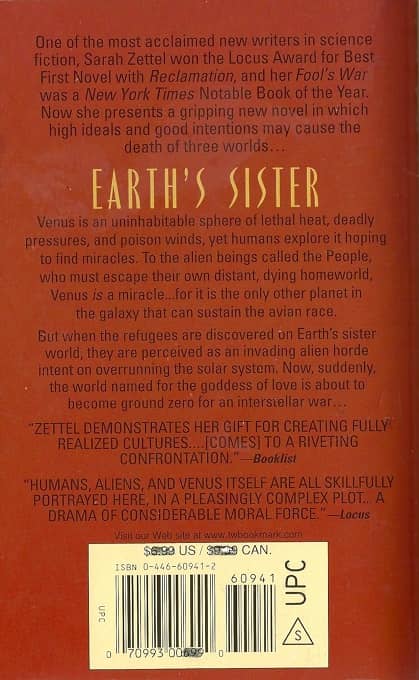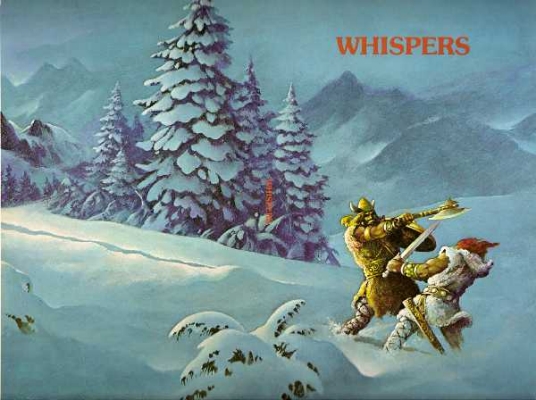Goth Chick News: Universal and Amblin Drop a JW3 Sneak Peek
There have been five movies in the Jurassic Park franchise since the original first blew our minds on the big screen in 1993. With a sixth installment due in the summer of 2021, it’s fair to ask what more can be done with this storyline? I mean, five movies in, we’re very clear that when dinos and human intermingle, things are never, ever going to end well. Also, even the most money-hungry corporate entity (INGEN in this case) couldn’t possibly survive the continual carnage wrought by playing God. As Dr. Ian Malcolm said, “Ooo, ahhh, that’s how it always starts, but then later there’s running, and screaming.”
Which pretty much sums up the last four Jurassic movies.
So where do we go from here plot-wise, without causing audiences to pull a muscle doing a collective eye roll? As it turns out, there still might be one last trick in the JP bag.
This week, Universal Studios and Amblin Entertainment released an official short film giving us a view into what we can look forward to in Jurassic World 3. The 8-minute short, entitled Battle at Big Rock, occurs a year after dinosaurs escaped into the wilds of California at the end of JW2: Fallen Kingdom. We see a campground in Big Rock National Park where a family is enjoying grilling chicken wings with other campers. The dad tells the daughter to take the food inside the camper before it attracts bears and…
Well check it out for yourself.
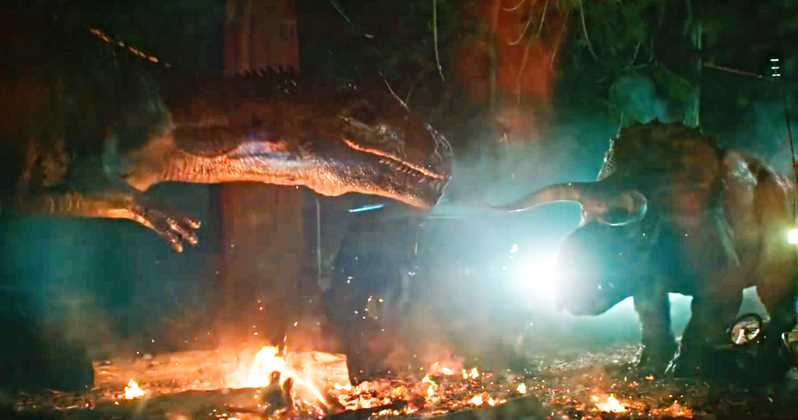
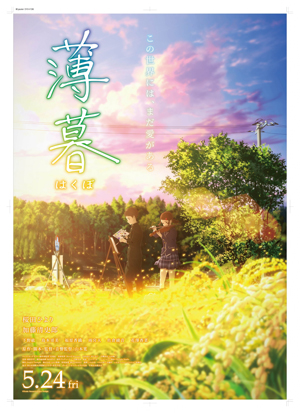 My third screening on July 29 was a double-feature at the De Sève Cinema of two animated movies, a long short and a short feature. “A Japanese Boy Who Draws” (ある日本の絵描き少年) is 20 minutes long. Twilight, which I immediately came to think of as (Not That) Twilight (and in fact some places online translate the title 薄暮, Hakubo, as Project Twilight), is 53 minutes long. They’re both slice-of-life films about young people in Japan making art, but are otherwise very different narratively and visually. Which is to say they have enough in common and enough contrast to make a fine double bill.
My third screening on July 29 was a double-feature at the De Sève Cinema of two animated movies, a long short and a short feature. “A Japanese Boy Who Draws” (ある日本の絵描き少年) is 20 minutes long. Twilight, which I immediately came to think of as (Not That) Twilight (and in fact some places online translate the title 薄暮, Hakubo, as Project Twilight), is 53 minutes long. They’re both slice-of-life films about young people in Japan making art, but are otherwise very different narratively and visually. Which is to say they have enough in common and enough contrast to make a fine double bill.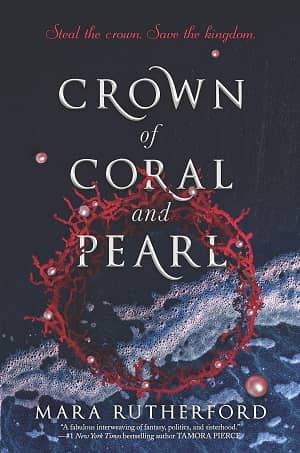
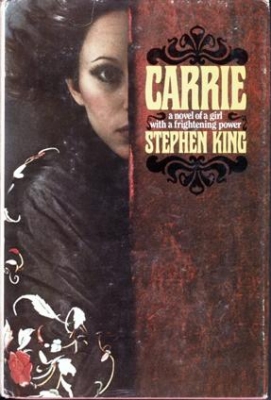

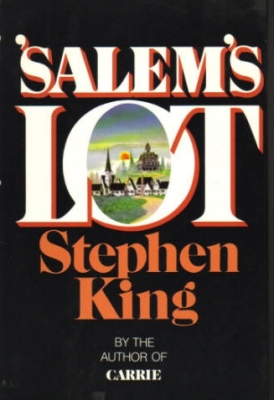
 One of the things that most fascinates me about film is the way Frankenstein is at least as important in that medium as it is in prose. Obviously this importance is most visible in genre film, but it’s there one way or another in the mainstream too — consider Gods and Monsters. From at least 1910, when the story was adapted into a then-epic ten-minute movie, through the tremendously important 1931 Boris Karloff version, it’s a story that’s haunted cinema. One way or another the tale or the monster comes up regularly at Fantasia, whether in Guillermo del Toro
One of the things that most fascinates me about film is the way Frankenstein is at least as important in that medium as it is in prose. Obviously this importance is most visible in genre film, but it’s there one way or another in the mainstream too — consider Gods and Monsters. From at least 1910, when the story was adapted into a then-epic ten-minute movie, through the tremendously important 1931 Boris Karloff version, it’s a story that’s haunted cinema. One way or another the tale or the monster comes up regularly at Fantasia, whether in Guillermo del Toro 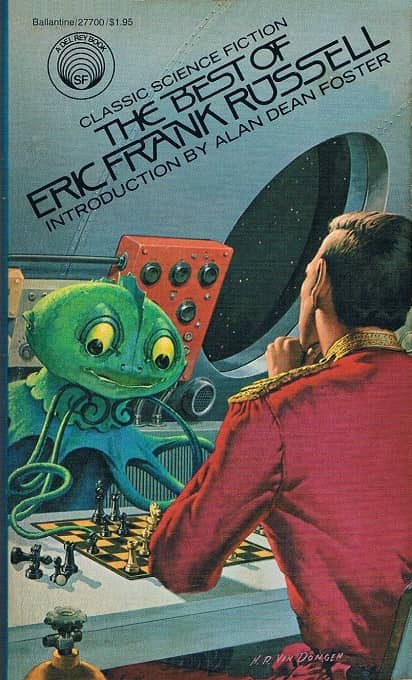
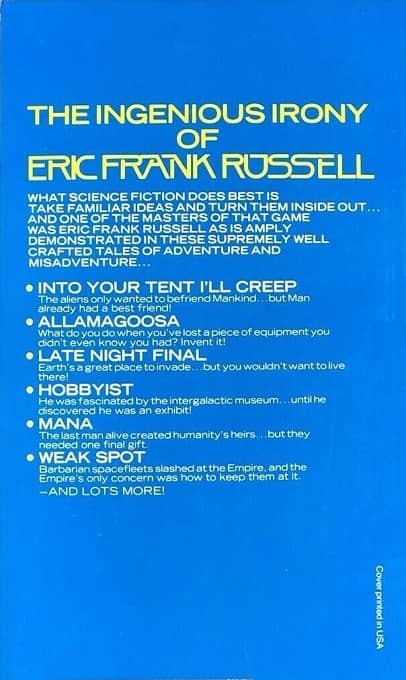
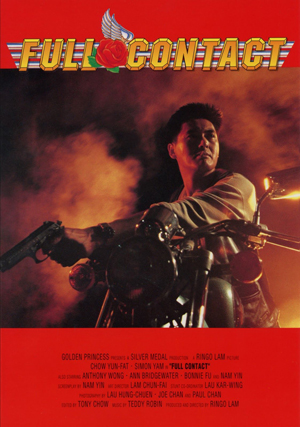 There’s still so much I don’t know about film, so many great movies I haven’t seen. Thankfully, every year Fantasia screens restorations and special presentations of a number of established classics (and semi-classics). I usually don’t have free time in my schedule to watch films I’ve already seen — I had to pass on First Blood to watch
There’s still so much I don’t know about film, so many great movies I haven’t seen. Thankfully, every year Fantasia screens restorations and special presentations of a number of established classics (and semi-classics). I usually don’t have free time in my schedule to watch films I’ve already seen — I had to pass on First Blood to watch 